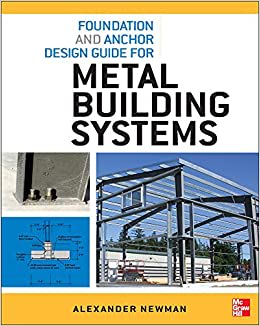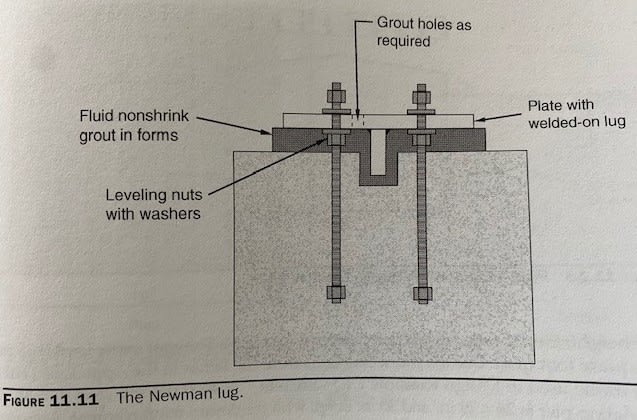bones206
Structural
- Jun 22, 2007
- 1,998
Has anyone ever used this approach for column baseplates (particularly for PEMB's)?
If you've read the book you know what I'm talking about. Basically a leveling plate with a shear lug. I can see the pros but wondering what cons may be lurking...


If you've read the book you know what I'm talking about. Basically a leveling plate with a shear lug. I can see the pros but wondering what cons may be lurking...



